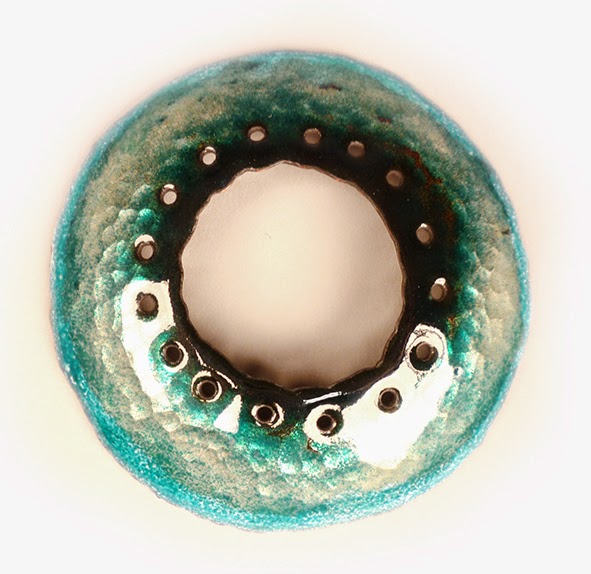Our first assignment was to make a pin back. Rather than just make a pin back, our class all decided to make an interesting pin back.
I had picked up a beautiful piece of lichen earlier in the week. Given my love of them and their relevance to my work, I thought I would include it in my pin back.
This is what I made:
 |
| Brooch with living lichen 3.3 x 6.3 cm |
 |
| Pin back detail before the lichen was attached |
And our first major project was to create something that was inspired by an image that was chosen in class. The image I chose focused on communication, and also hair. So I decided to create a hair pin, in reference to Geisha. This was the final result:
 |
| Fine Silver Hairpins containing burdock seed |
 |
| Dried burdock seed hair pin |
I stumbled across some burdock in a vacant block of land in the middle of the city, and thought that these weeds would be perfect. I see weeds as a metaphor for pioneers, or settlers.
 |
| Dried burdock detail |
 |
| Green burdock hairpin |
 |
| Green burdock detail. |
An exciting development with this discovery is that seeds contain so much information. So I see these hair pins containers for information or communication. Originally I was thinking about Victorian lockets and how they do this..... Im really looking forward to exploring this concept further.






















